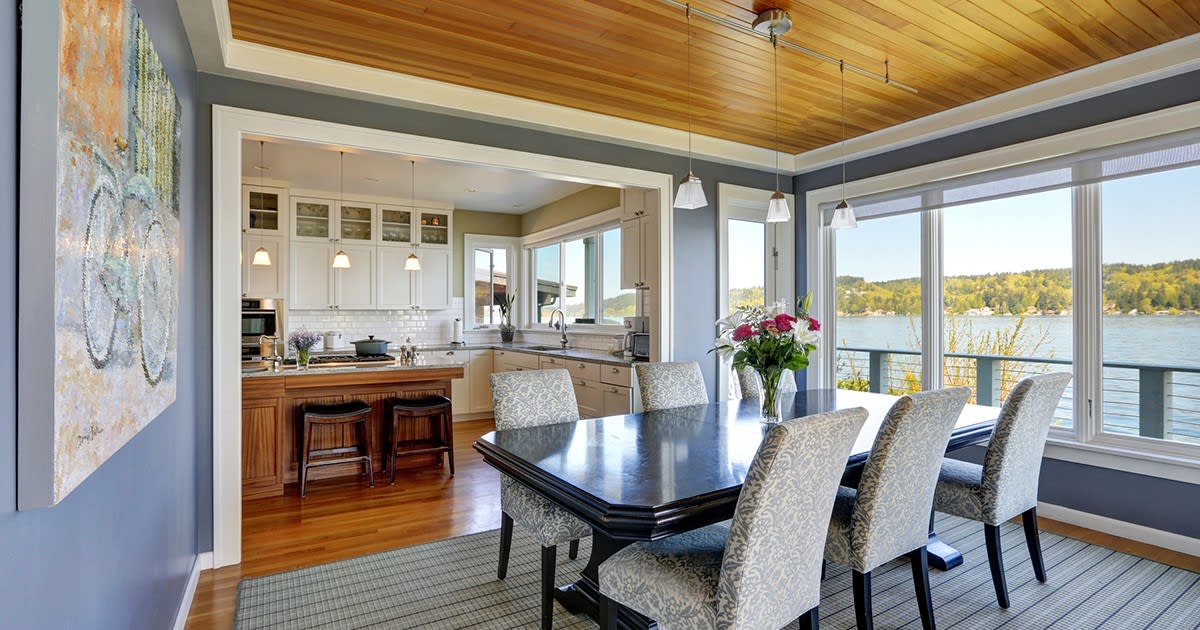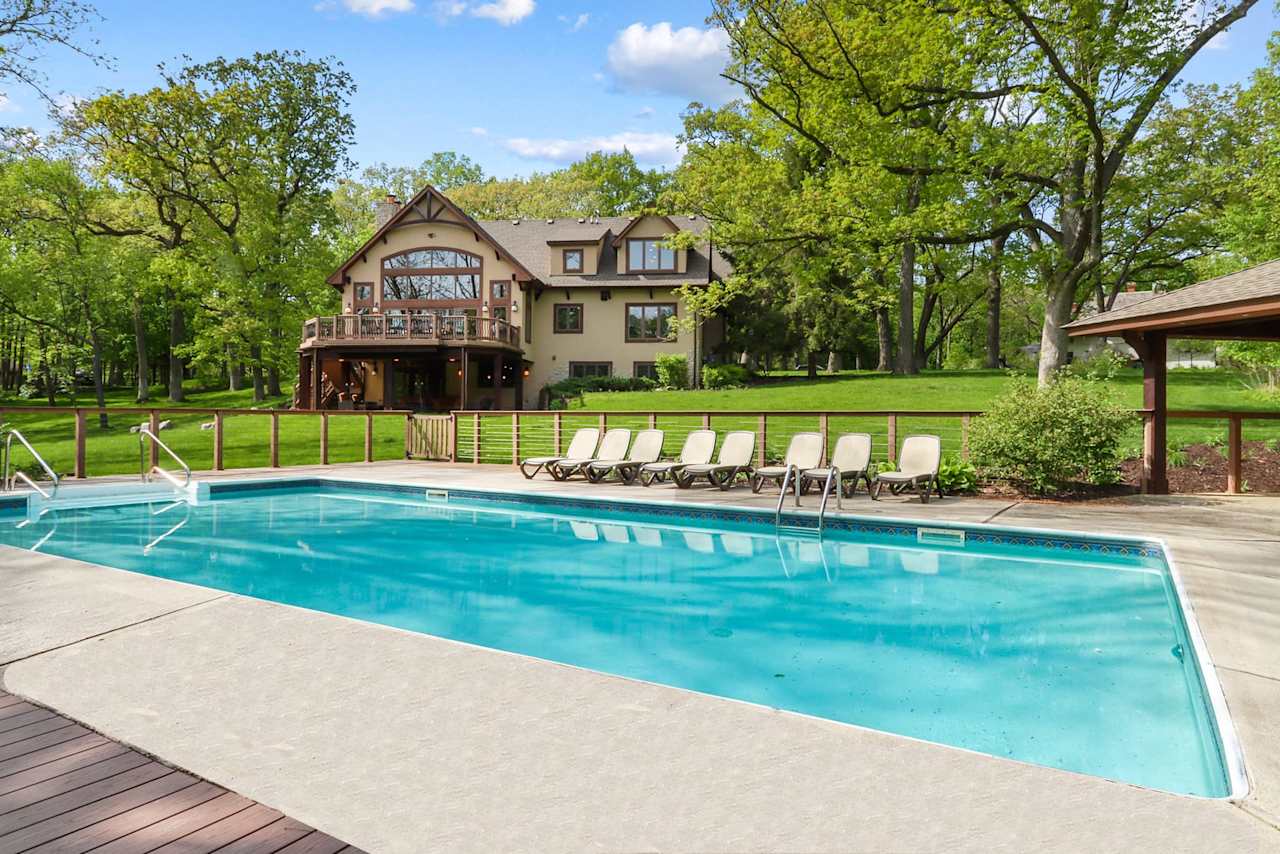Homeowner Strategies to Minimize Gain & Maximize Proceeds


The gain on the sale of your home is determined by the price you sell the home, less selling expenses, less the price you paid for it, plus the capital improvements made during the time you owned the property.
IRS and accounting use the term "basis" to describe your cost in the home. It is a dynamic number that changes over time based on capital improvements that are made and capital losses that are incurred. What is called the tax basis may better be referred to as cost basis. It is the taxpayer's cost in the property used to determine the tax on the gain of the sale.
The calculation begins with the purchase price of the property plus certain capitalized acquisition costs that were owed by the seller but were paid when purchased. Examples would include real estate taxes owed through the day before the sale date, back interest owed by the seller, and charges for repairs that were the seller's responsibility. Capital improvements made to the property during ownership will increase the basis.
Capital improvements must either materially add value to the home, appreciably prolong the useful life of the property, or adapt a portion of the property to a new use. IRS Publication 523 has a section on figuring the gain or loss on a personal residence.
Some of the following may be considered capital improvements: landscaping, driveway, fence, swimming pool, new roof not covered by insurance, replacement of HVAC equipment and appliances. Maintenance and repairs to a person's home is not a capital expenditure.
If the owner purchased a home for $350,000 and during that time spent $110,000 on qualified improvements, the cost basis of the property would be $460,000.
If cost recovery had been taken on the home when it was used as a rental property, even though it is now considered a principal residence, the total amount of the depreciation lowers the basis in the property.
|
Purchase Price |
$350,000 |
|
Plus Capital Improvements |
$110,000 |
|
Adjusted Basis |
$460,000 |
|
Sales Price |
$650,000 |
|
Less Selling Costs |
$31,000 |
|
Net Selling Price |
$619,000 |
|
Less Adjusted Basis |
$460,000 |
|
Capital Gain |
$159,000 |
In the example above, if the taxpayer owned and used the home as their principal residence for two out of the last five years and had not taken an exclusion on another home during the two years prior to the current sale and didn't acquire the home through a 1031 exchange during the past five years, the gain qualifies for an exclusion and no tax paid. Single taxpayers and married taxpayers filing separately can exclude up to $250,000 of gain from the sale of a principal residence. Married taxpayers filing jointly can exclude up to $500,000 of gain from the sale.
Record keeping is important for you to substantiate the capital improvements when it comes time to calculate the gain. While IRS does allow you to reconstruct the expenses, it is much better to keep track of them in a contemporaneous manner with dates, receipts, and possibly, pictures for the more expensive improvements.
For more information, download our Homeowners Tax Guide.
Stay up to date on the latest real estate trends.

Bob Webster | June 24, 2024

Bob Webster | June 17, 2024

Bob Webster | June 11, 2024

Bob Webster | June 10, 2024

Bob Webster | June 5, 2024

Bob Webster | June 4, 2024

Bob Webster | May 28, 2024

Bob Webster | May 21, 2024

Bob Webster | May 10, 2024
Bob is dedicated to offering the finest real estate service available in the Lake Geneva area. He attempts to make each buyer or seller he works with feel like they are the one and only client he has and strives to make each transaction a pleasurable experience with the least amount of problems, stress, and inconvenience to them.